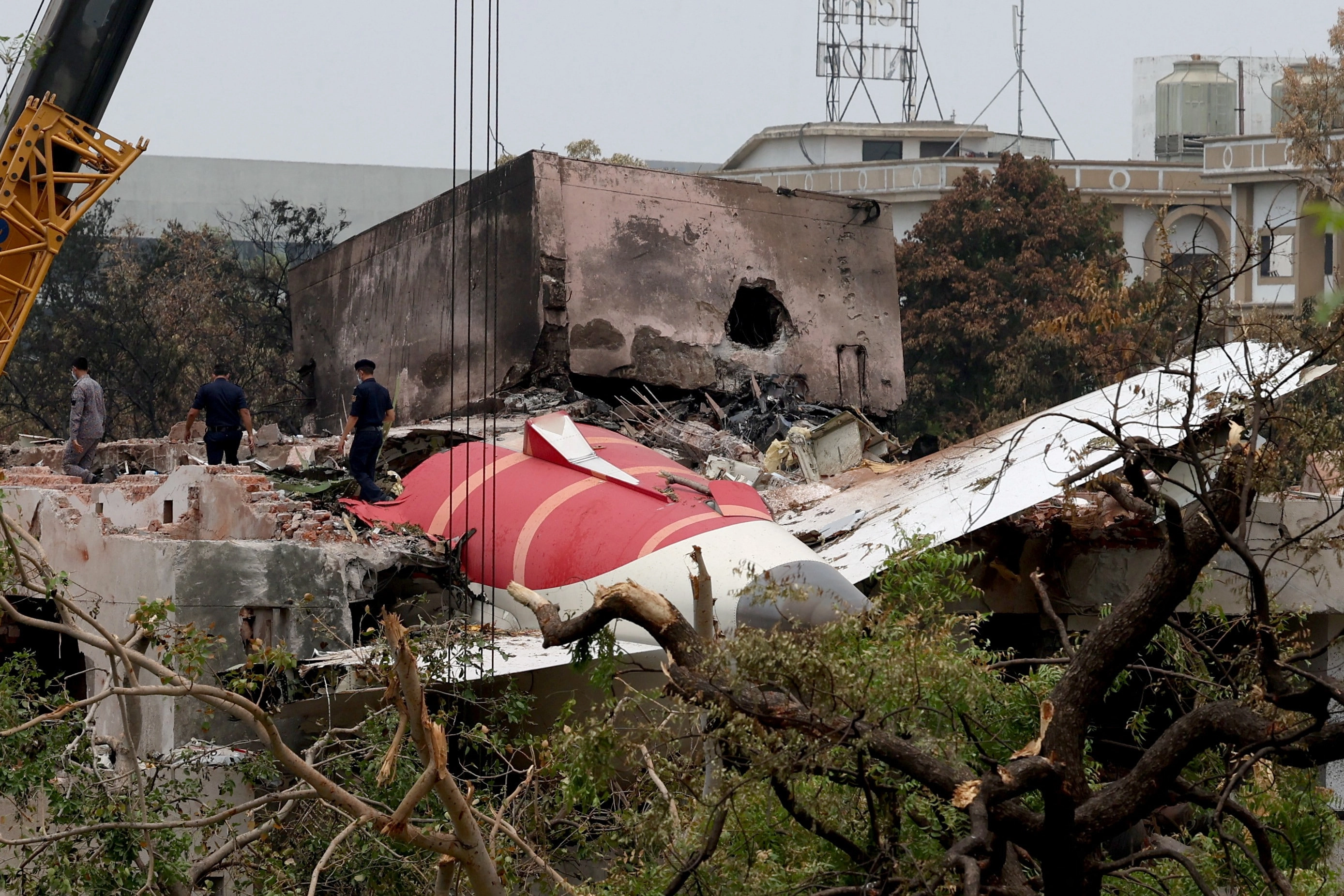The investigation into the recent Air India crash has shifted its focus toward the movement of the engine fuel control switches, which are critical components in the operation of an aircraft’s engines. Preliminary reports suggest that the actions taken by the flight crew regarding these switches may have played a significant role in the circumstances leading up to the tragic incident. Aviation experts and investigators are meticulously analyzing the flight data recorders and cockpit voice recorders to ascertain the exact sequence of events that transpired before the aircraft went down. This analysis is crucial for understanding whether the switches were manipulated correctly and if any potential errors contributed to the crash.
In addition to examining the fuel control switches, investigators are also reviewing the overall maintenance history of the aircraft, along with the training and performance of the flight crew. The interplay between human factors and mechanical systems is a vital area of inquiry, as it can often shed light on the root causes of aviation accidents. Experts emphasize that the investigation will take into consideration various elements, including possible miscommunication in the cockpit, stress levels of the crew during the flight, and whether they followed standard operating procedures. Each of these factors could provide important insights into how the tragic event unfolded.
As the investigation progresses, there is an urgent need to enhance safety protocols and training programs to prevent similar incidents in the future. The aviation industry is known for its rigorous safety standards, but this incident serves as a stark reminder that even minor lapses can lead to catastrophic outcomes. Stakeholders, including regulatory bodies and airlines, are expected to closely monitor the findings of the investigation and implement necessary changes to improve flight safety. The focus on the engine fuel control switches highlights the importance of even the smallest components in the complex machinery of modern aircraft, underscoring the need for continuous vigilance in aviation safety practices.
Ultimately, the findings of this investigation will be crucial not only in providing closure to the victims’ families but also in ensuring that lessons are learned to enhance the safety of air travel. The aviation community is watching closely as the investigation unfolds, with hopes that it will yield actionable insights that can be applied across the industry. The goal remains clear: to prevent future tragedies and ensure that flying remains one of the safest modes of transportation available. As the inquiry delves deeper into the mechanics and human factors involved, the emphasis on thoroughness and transparency will be paramount in restoring confidence in air travel.




